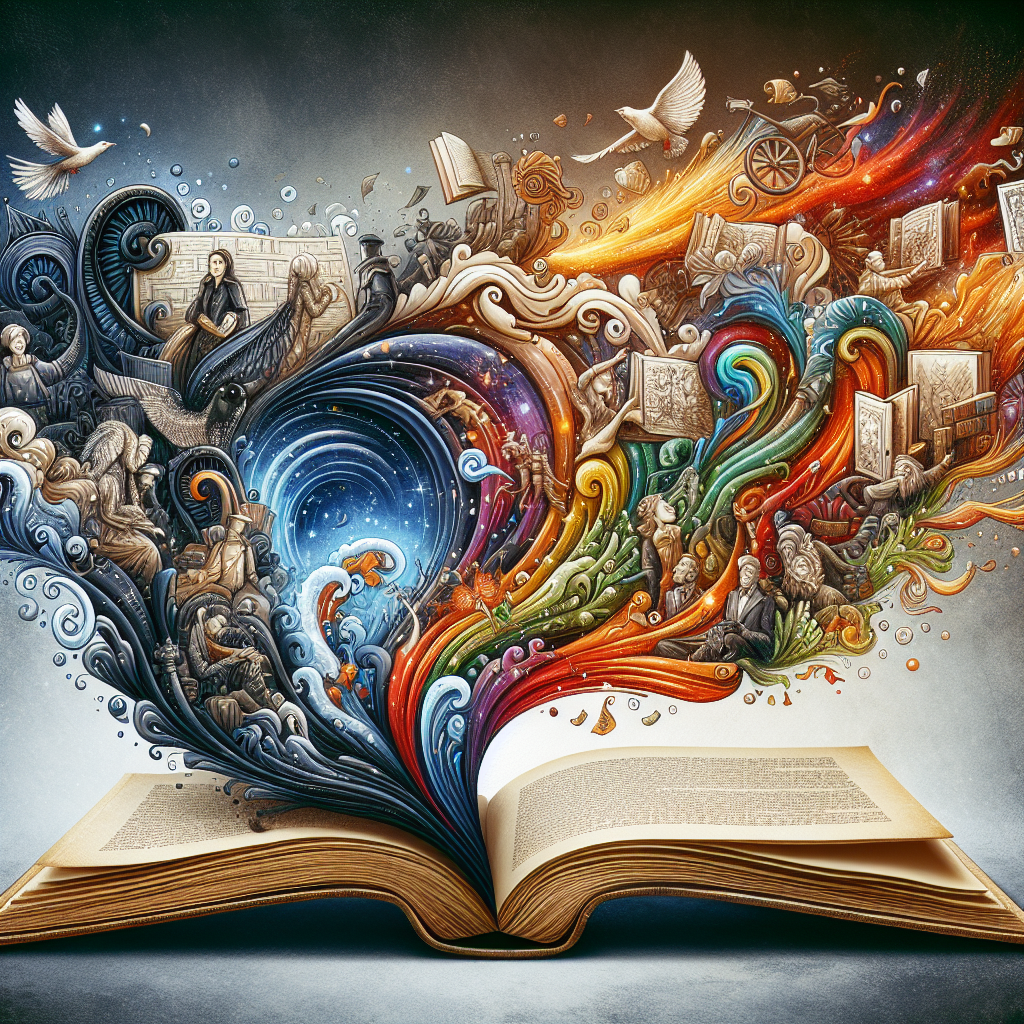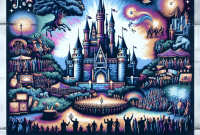
From Page to Screen: How Books are Adapted into Films and TV Shows
Welcome to the fascinating world of book adaptations! Have you ever wondered how your favorite novels make their way from the page to the screen? In this article, we will explore the intricate process of adapting books into films and TV shows. From the challenges faced by filmmakers to the impact of these adaptations on popular culture, we will delve into the various aspects of this creative endeavor.
Challenges of Adaptation
Adapting a book into a visual medium comes with its own set of challenges. Filmmakers must condense hundreds of pages of narrative into a two-hour movie or a season of television. This often means cutting out subplots, characters, and intricate details that fans of the book may hold dear. Balancing fidelity to the source material with the need for cinematic storytelling can be a delicate dance.
Case Study: Harry Potter Series
The adaptation of J.K. Rowling’s Harry Potter series is a prime example of successfully translating a beloved book series to the big screen. While some details were inevitably left out, the films captured the essence of the magical world and its characters, captivating audiences worldwide.
The Creative Process
Once a book is selected for adaptation, a team of writers, directors, and producers collaborate to bring the story to life on screen. This involves translating the written word into visual language, casting the right actors to embody the characters, and making creative decisions that stay true to the author’s vision.
Example: Game of Thrones
The HBO series Game of Thrones, based on George R.R. Martin’s A Song of Ice and Fire novels, involved meticulous world-building, intricate costumes, and elaborate sets to transport viewers to the fictional land of Westeros. The show’s success hinged on its ability to visually realize the rich tapestry of Martin’s books.
Impact on Popular Culture
Book adaptations have the power to introduce a new audience to literary works, sparking interest in reading the original books. They can also reignite interest in older titles, breathing new life into forgotten classics. Additionally, adaptations can contribute to the cultural zeitgeist, shaping trends in fashion, design, and storytelling.
Case Study: The Hunger Games
Suzanne Collins’ The Hunger Games trilogy, adapted into a successful film series, not only brought the dystopian world of Panem to the screen but also sparked discussions on politics, surveillance, and social justice. The franchise’s impact extended beyond entertainment, resonating with audiences on a deeper level.
FAQs
Q: Why are some adaptations more successful than others?
A: Successful adaptations strike a balance between honoring the source material and embracing the unique opportunities offered by the visual medium. They capture the essence of the book while making necessary adjustments for cinematic storytelling.
Q: How do authors typically feel about their books being adapted into films or TV shows?
A: Authors’ reactions to adaptations vary widely. Some are actively involved in the process, while others prefer to relinquish creative control. Ultimately, authors hope that the adaptation will introduce their work to a wider audience and stay true to its core themes.
Conclusion
From page to screen, the journey of adapting books into films and TV shows is a complex and multi-faceted process. While challenges abound, successful adaptations have the power to captivate audiences, revive interest in literary works, and shape popular culture. As viewers and readers, we have the privilege of experiencing beloved stories in new and exciting ways, thanks to the creativity and dedication of filmmakers and writers.







